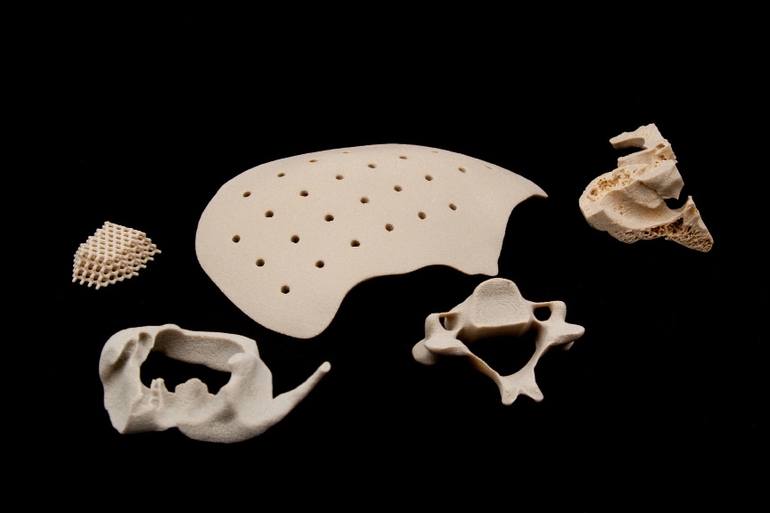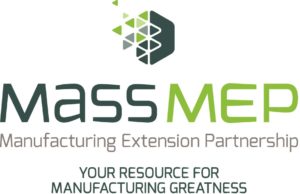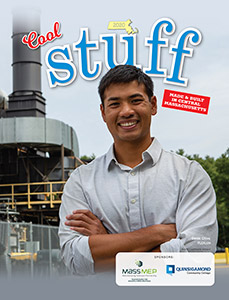When chemical giant DuPont pioneered work in polymers, it saw a host of commercial applications in the aerospace industry. And DuPont was right. But that was so last century.
Much of the 21st-century buzz around high-performance polymers has been for its uses in 3D printing, where the Polyaryletherketone (PAEK) family of thermoplastics has been king.
Scott DeFelice, CEO of Oxford Performance Materials, has taken a different path.
Since 1998, he’s been crafting the less celebrated polymer Polyetherketoneketone (PEKK) into a success story in South Windsor.
The result is a company that trades in a niche product that is in demand for uses as varied as medical implants and casing for the nation’s supply of nuclear waste.
Its OsteoFab technology uses proprietary polymers to produce 3D-printed biomedical implants that have met strict Food and Drug Administration biomedical standards.
The uses range from cranial to dental implants. And the speed of 3D printing cuts days or weeks off production time for these patient-specific precision pieces. It has a SpineFab product used to replace damaged vertebrae. And it offers a suture anchor product for use in attaching soft tissue to bone in joint surgery.
And Oxford Performance Materials hasn’t neglected the aerospace industry. Its OXFAB technology delivers space-grade parts that offer aerospace manufacturers lower cost and lighter alternatives. OXFAB also serves the energy, automotive and semiconductor industries.
It’s moving into new areas in ambient carbon capture and nuclear waste storage. Oxford Performance polymers can extend the life of equipment in the harsh chemical process of carbon capture. The polymers also are immune to radioactive deterioration, making it an ideal candidate for encasing nuclear waste, DeFelice says.
Amid all the success of Oxford’s applications, DeFelice isn’t interested in becoming a manufacturer. Rather, he says, Oxford is “a tech platform company.”
He points to the aerospace business. At one point, Oxford had ramped up staffing and had about 80 employees manufacturing products in South Windsor. Then it sold the business to Hexcel Corp., a publicly-traded global company based in Stamford. Hexcel is an early investor in Oxford Performance Materials.
The asset deal for the “tech platform” allows Hexcel to more rapidly scale production to meet demands, including a contract for 3D-printed structural parts for Boeing’s CST-100 Starliner aircraft.
It’s a business model DeFelice wants to repeat as other technologies and products mature. It’s a win-win, he says, since the buyer is tied to Oxford’s proprietary polymers and intellectual properties.
DeFelice describes Oxford as a uniquely Connecticut success story. Connecticut Innovations was the first investor, and the operation is powered by a host of UConn graduates.
He credits the area’s access to talent — from interns to mature leaders — and its dynamic investing culture as nurturing a winning enterprise.



